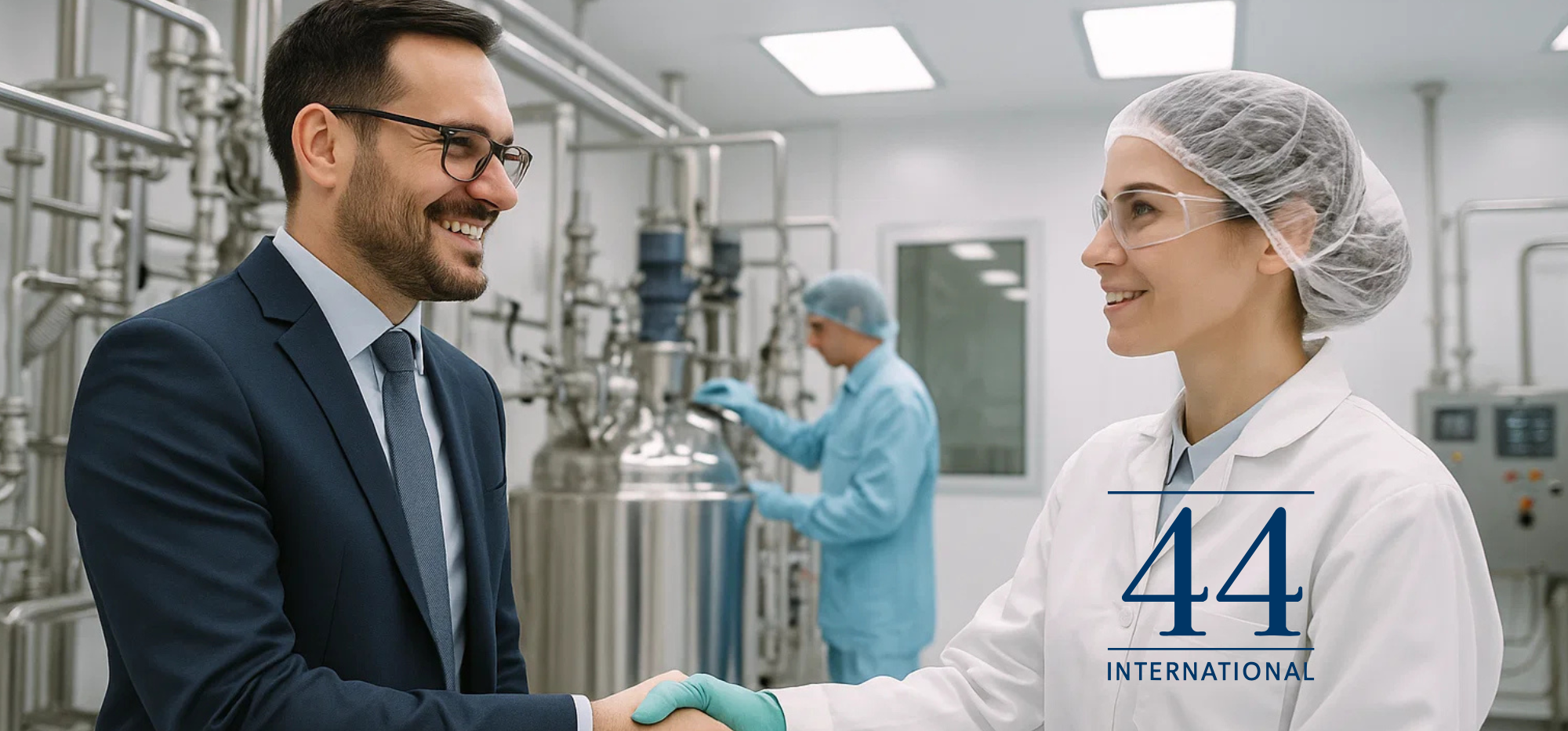September 8, 2025

Intro:
Once upon a time, Contract Development and Manufacturing Organizations (CDMOs) were the unsung heroes of the biopharma world—quietly doing the lab work while leaving the spotlight to Big Pharma. But hold on to your pipettes! The narrative is shifting. CDMOs are increasingly morphing into strategic allies, with clients investing in them—not just outsourcing tasks. What’s powering this shake-up? Let’s dive in.
Old play: Biopharma companies used CDMOs as transactional vendors—you send work, they crank out product, end of story.
New play: Companies are entering into joint ventures, licensing agreements, and co-development deals. It’s like asking your contractor to also co-own your house. CDMOs now enjoy a seat at the decision-making table—from R&D to scale-up, and sometimes even commercialization.
Investors smell opportunity—and it is not faint. Over the past few years, CDMOs have pulled in substantial capital through:
This is not mere pocket change: we’re talking hundreds of millions to billions of dollars funneling into biologics and mRNA manufacturing infrastructure. The mRNA boom—remember the vaccines that conquered the pandemic?—has sparked a near-gold rush mentality. Bigger, better facilities are popping up to match demand.
For years, Asia—especially China, South Korea, and Singapore—operated under the global radar. Not anymore.
These firms are no longer fringe players—they’re fielding global clients, closing cross-border deals, and offering competitive pricing with increasingly robust regulatory compliance.
CDMOs have graduated from being mere contract workers to long-term collaborators, co-investors, and strategic architects in the global life sciences ecosystem. Fueled by capital inflows, anchored by deepening partnerships, and propelled by Asia’s rising powerhouse firms, CDMOs are rewriting the playbook. Buckle up, because this industry is evolving—and fast.